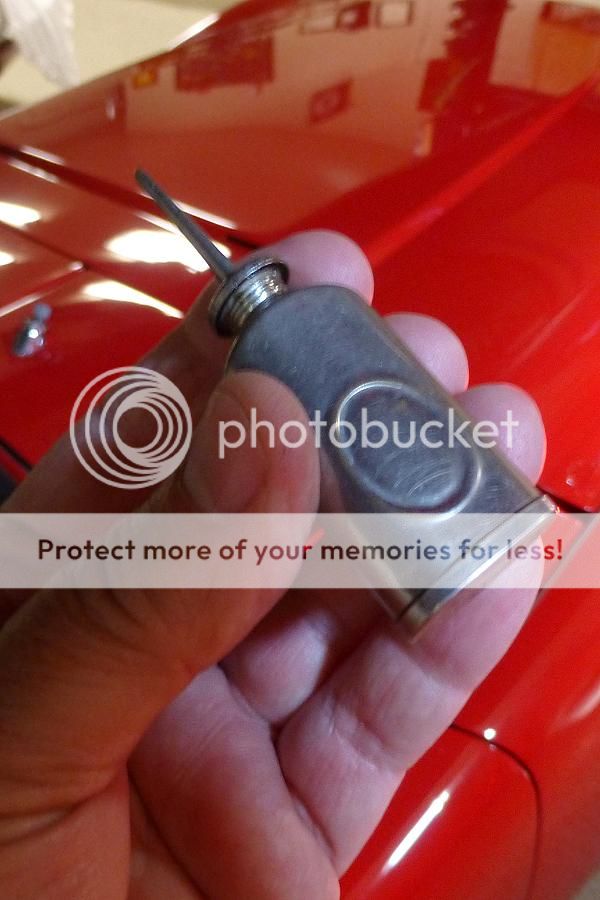TexasKnucklehead
Jedi Knight
Offline
I had over 4,000 nearly trouble free miles on the TR3 when I pulled the apron to have a crack in the radiator repaired. I noticed the belt was loose and tightened it so that I could deflect the belt about 1" on the longest run between pulleys. Everything was ready in time for a club ride. After about an 80 mile polar bear drive last weekend, I saw flakes of copper or brass inside the engine compartment. Closer investigation led me to believe they were coming from the generator. Removal and disassembling made me sure it was the generator bushing coming apart (picture attached).
Discussions with fellow club members made me doubt my original assessment; the fault was from over tightening the belt. Other conclusions are 1) too little oil on the bushing 2) bent, out of round or misaligned shaft. Another attached picture is from a Lucas Generator Service manual, and shows what some think is too loose a belt. Mine is that loose now, and doesn't seem to be slipping, but it has been suggested that once the belt wears a little, and glazes over, it will slip -and nobody should believe those manuals.
How tight is your generator belt, and have you ever had a bearing or bushing failure?
Discussions with fellow club members made me doubt my original assessment; the fault was from over tightening the belt. Other conclusions are 1) too little oil on the bushing 2) bent, out of round or misaligned shaft. Another attached picture is from a Lucas Generator Service manual, and shows what some think is too loose a belt. Mine is that loose now, and doesn't seem to be slipping, but it has been suggested that once the belt wears a little, and glazes over, it will slip -and nobody should believe those manuals.
How tight is your generator belt, and have you ever had a bearing or bushing failure?

 Hey there Guest!
Hey there Guest!
 smilie in place of the real @
smilie in place of the real @
 Pretty Please - add it to our Events forum(s) and add to the calendar! >>
Pretty Please - add it to our Events forum(s) and add to the calendar! >> 

 A friendly reminder - be careful what links you click on here. If a link is posted by someone you don't know, or the URL looks fishy, DON'T CLICK. Spammers sometimes post links that lead to sites that can infect your computer, so be mindful what you click.
A friendly reminder - be careful what links you click on here. If a link is posted by someone you don't know, or the URL looks fishy, DON'T CLICK. Spammers sometimes post links that lead to sites that can infect your computer, so be mindful what you click.